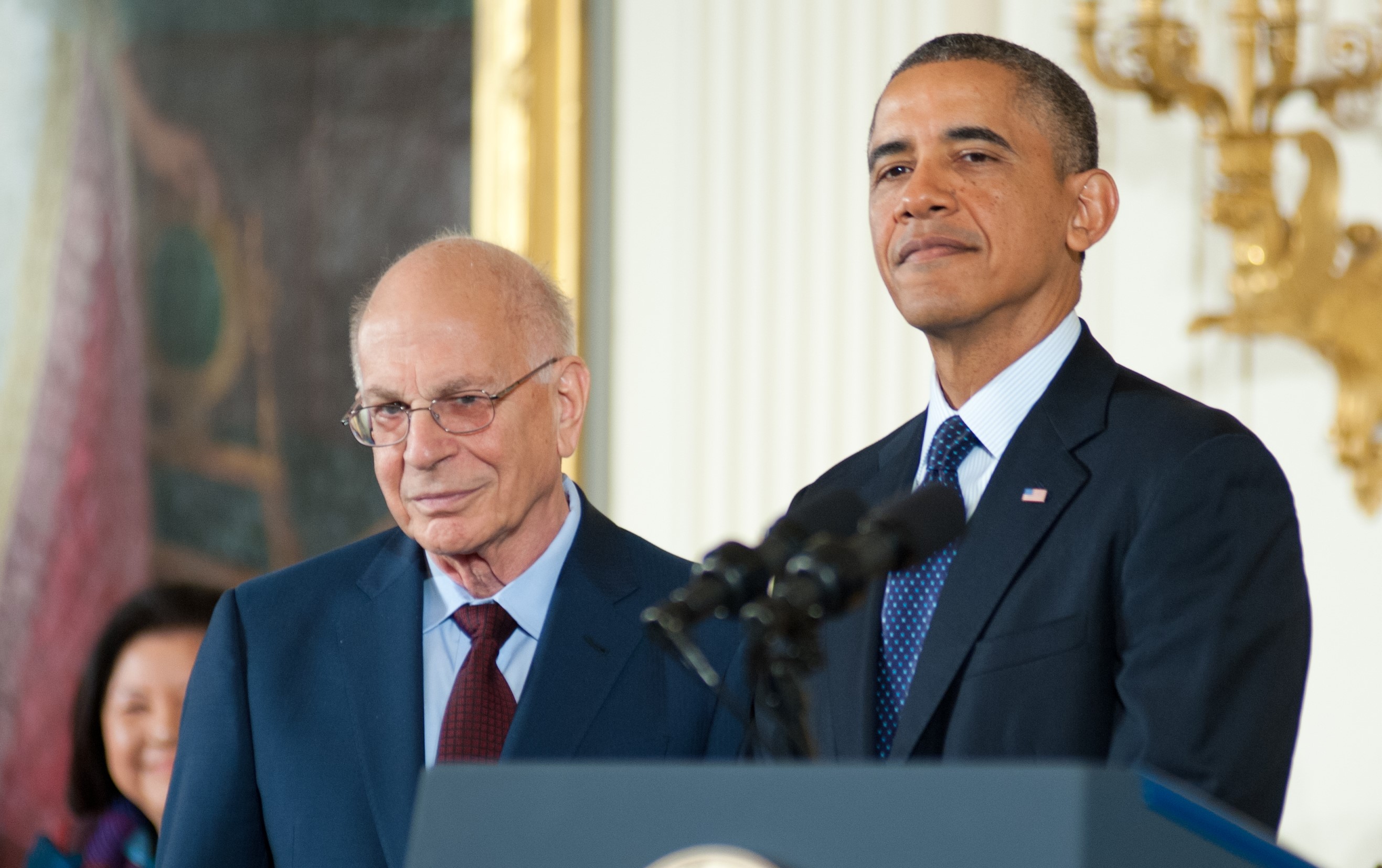I did not know Daniel Kahneman, the Nobel prize-winning economist who died on 27 March aged 90 years old. But like many in the investment advisory field, I was influenced by the Princeton scholar's work, much of which can be applied to helping ETF investors succeed.
Kahneman was born in 1934 in Tel Aviv and raised in France before his family emigrated to British-controlled Palestine in 1948, according to his Princeton University obituary. He served in the Israeli Defense Forces as a psychologist, studied and taught at the world's great universities and engineered the field known as behavioural economics.
In 2002 he became the first psychologist awarded the Nobel Prize, which he won for economics with American economist Vernon L. Smith.
Kahneman gained notoriety in the way he sought to understand human behaviour. His 2011 book, Thinking, Fast and Slow, is a classic. The book might be one of the best an investor can read on what really matters in investing. Not the information and opinions we gather, but what we do with them to manage risk, grow capital, earn income and convert investment portfolios into lifestyle-funding mechanisms.
Kahneman stressed advisers and clients as teammates
Financial advisers are tasked with a key role related to thinking fast and slow. Sure, they can learn to do it for themselves. But their careers are based on how well they enable clients to do it.
Not necessarily about what to buy and sell, but rather how to think along with their adviser, and make the tandem a true team. Otherwise, they can quickly find themselves at odds, particularly during the twin-extremes of bear markets and fear of missing out (FOMO) up markets.
One such manifestation of Kahneman’s work in the day-to-day of financial advisers is how they look at ETFs. For many years, they were the “new thing I do not have to worry about understanding”. That era is over as ETFs are replacing mutual funds in a slow but sure evolution.
As applied to investing, one of the most popular aspects of thinking fast and slow is what Kahneman called “anchoring”. In simplified terms applied to investing and advisors, this means that investors rely too much on either the initial information they received or on the most recent information that hit their radar.
I cannot help but offer up the current obsession with “all-time highs” in the popular stock market indices, even though many were simply finishing up a recovery that took two or three years to occur.
Kahneman on avoiding anchoring bias
The key to overcoming anchoring bias is something we talk about frequently at etf.com: taking a balanced approach. Not necessarily to asset classes, but to how information is taken in considered and opined on. All bullish or all bearish information creates biases that turn investing, a process, into a “binary” decision if investors are not careful.
And that is exactly why advisers and retail investors have benefitted from Kahneman’s work and will continue to for decades to come. Whether it is comparing capitalization-weighted past performance to different weighting systems, looking at both sides of fluctuating interest rates instead of simply “anchoring” on a particular level, or a range of other factors in creating portfolios for clients, thinking fast and slow is an advisor’s companion.
And, in turn, one of the end client’s most valuable reasons for having an adviser in the first place.
This article was originally published on ETF.com


